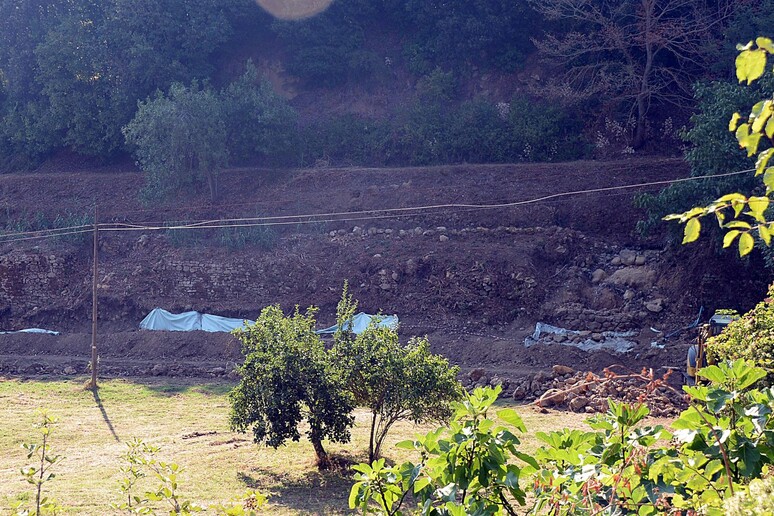An 80-meter-long elliptical-shaped wall discovered in the Tuscan city of Volterra could have originally been part of a Roman amphitheater, Tuscany Governor Enrico Rossi said on Friday.
The recent discovery in Volterra, an important Etruscan center that became a municipium in the Roman Age, could change local archaeological history and become the most important finding of a Roman amphitheater over the last century, Rossi announced, together with Volterra Mayor Marco Buselli and Tuscany's archaeological heritage Superintendent Andrea Pessina.
The wall was discovered during excavation work near the city's Porta di Diana, west of the municipal cemetery and south of the Etruscan Necropolis of Portone.
Volterra was one of the most prosperous and powerful Etruscan cities during the half-millennium before the birth of Christ and was forced to recognize the supremacy of Rome in the third century BC.
One of its most well-known buildings, the Palazzo dei Priori where the town hall is located, was built in 1208 and is believed to have served as a model for Palazzo Vecchio in Florence.
ALL RIGHTS RESERVED © Copyright ANSA











